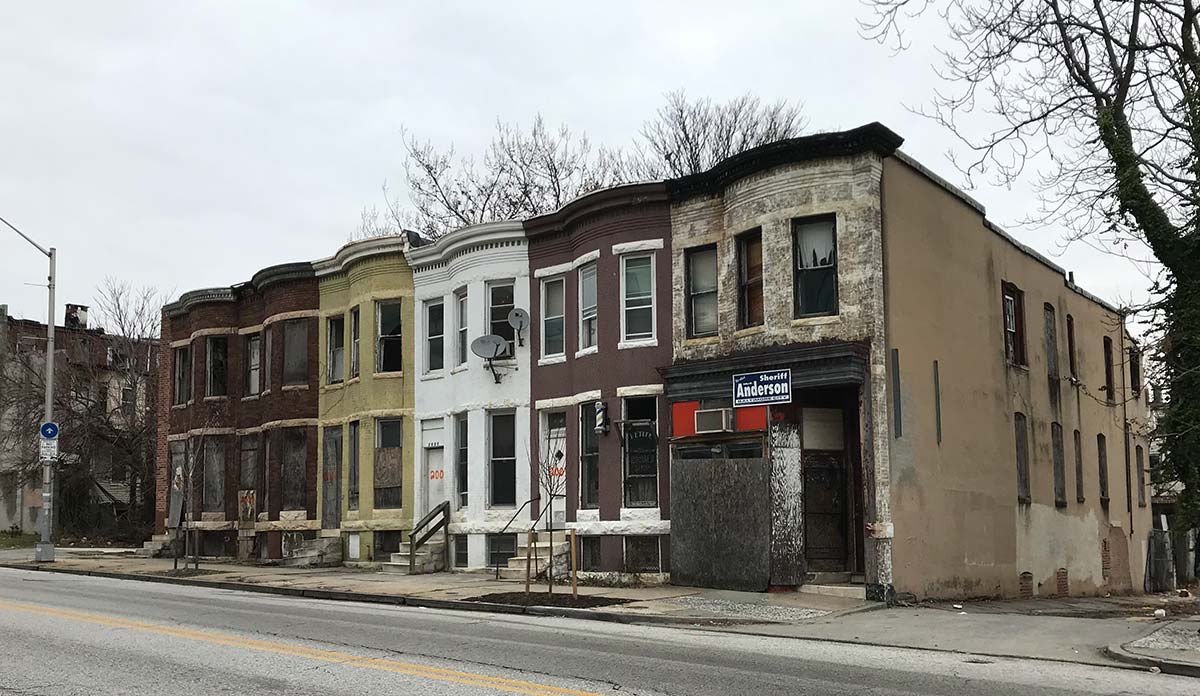Black youth are much more likely to acquire sexually transmitted diseases (STDs) and HIV than White youth. Much of the research on STD and HIV prevention has aimed to change individual behavior, such as increasing condom use and monogamy in relationships. However, we have learned that STDs and HIV cluster in communities that are disproportionately affected by incarceration, economic disadvantage, boarded-up buildings, and other signs of neighborhood disorder.
In many cases, attempting to change individual risk behaviors has not made a major impact on these epidemics. The reasons are likely twofold. The first is partner availability. High rates of incarceration in many Black communities create a sex ratio imbalance where women are devalued and multiple partnerships among males are tolerated, leading to a lack of willingness among males to use condoms or women to negotiate condom use. The second is community characteristics. Since STD rates in majority Black communities are higher than those in majority White communities, even in contexts where people engage in the same behaviors, those living in majority Black communities have a greater chance of coming in contact with an infected partner.
Our analysis aimed to characterize the sexual risk behavioral patterns of youth at age 20 and understand how early and current environmental factors relate to these sexual risk behavioral profiles. We used data from a study that began in 1985 as an intervention in elementary schools located in socio-economically distinct areas in Baltimore. The original study followed 2,311 participants (66% were Black) from first grade to young adulthood (ages 6-32) to understand how the classroom-based interventions (which focused on school achievement or aggressive behavior), early experiences, individual characteristics, and neighborhood environment impact behaviors in adulthood.
What distinguished high-risk youth from those who were not engaging in risky sexual behavior was their neighborhood context. Their neighborhoods were poor, unsafe, full of drug activity, violent, and crime-ridden.
We found three patterns: high risk, low risk, and no risk. Only 13% of males and 15% of females were considered “high risk” behaviorally. High-risk males and females were primarily individuals having sex without a condom. About half of high-risk men and almost 20% of the high-risk women also had multiple sexual partners in the past month. In general, they were not engaging in the other sexual risk behaviors we examined.
We then took these sexual behavior profiles and associated them with other risk factors. The risk of an STD in the high-risk group was 6-12 times that of the no-risk group. Those in the high-risk group were also much more likely to have dropped out of high school, have drug problems, have been arrested, and have had a teenage pregnancy. This pattern demonstrates that even relatively normative levels of sexual behavioral risk clusters with other risks.
What distinguished high-risk youth from those who were not engaging in risky sexual behavior was their neighborhood context. Their neighborhoods were poor, unsafe, full of drug activity, violent, and crime-ridden. For men, neighborhood racism also predicted sexual risk behaviors. Baltimore, like many inner cities, is characterized by high rates of poverty, crime, and violence. The youth who grow up in these environments often feel powerless and may use sex to gain some control in their lives. Women may have few partners to choose from and little power in their relationships. For women, though, we found that church-going in the community was protective against risky sexual behavior.
Our findings emphasize the importance of neighborhood environment when investigating sexual risk in urban communities. Results also suggest that, to reduce the disproportionate burden of STDs and HIV in urban communities, we need to invest in poor urban communities and provide the resources necessary to promote positive development and opportunity. This is especially essential now as drug use is pervasive, violence is on the rise, and concentrated poverty continues to grow in America’s cities.
Feature image: Baltimore Heritage, Rowhouses, 2001–2011 Greenmount Avenue, Baltimore, MD 21218. Photograph by Eli Pousson, 2019 January 2. Public domain. Used for illustrative purposes only.














